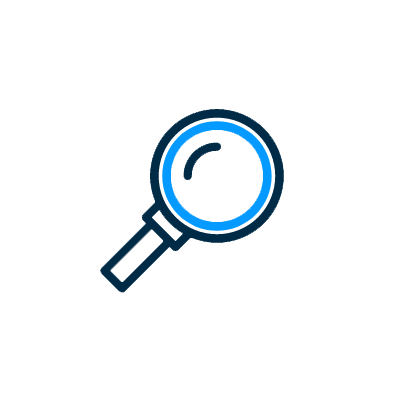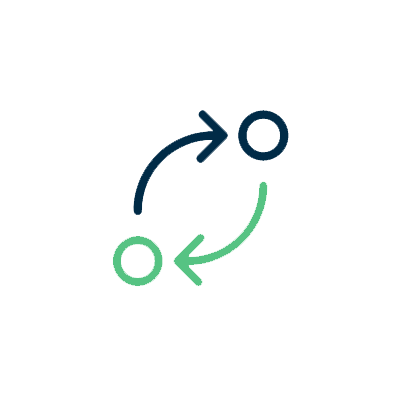
Article
How to protect your business against late payments
Late payments from your customers can be the most frustrating obstacles when managing cashflow as they are difficult to predict.
Late payments from your customers can be the most frustrating obstacles when managing cashflow as they are difficult to predict.
While one late payment can be inconvenient, letting them continue over time can eventually have a negative impact on a business’ long-term survival.
Even the smallest cashflow hiccups can seriously disrupt a business’ growth plans and frustrate employees and suppliers if they are not paid on time, or even prevent you from paying your business’ fixed operating costs.
So, what preventative steps as a business owner can you to take so your cashflow avoids the pitfall of a late payer.
Do your research
Very few businesses go to the trouble of checking a client’s credit history, and that can turn into an expensive mistake. Businesses need to convert leads to sustain and grow their operations, but that doesn’t mean a firm should necessarily agree to do business with anyone who comes through the door. Untrustworthy customers can quickly start costing a business dearly.
Run a credit check on potential or current customers to find out whether they have a history of late or missed payments, so any measures can be taken to minimise risk to your business.
Ask to be paid frequently
Relying on single large invoices when any projects are finished often presents a risk. Instead, invoice clients regularly for partial amounts that you agree in advance with the customer. Although extra paperwork sounds unnecessary, it can make a huge difference.
If a customer misses a payment deadline, you can cut your losses by stopping work rather than facing in a non-payment situation when the whole project is complete.
Also, smaller sums are easier for a customer to find at any given time, meaning you’re more likely to be paid on time, even if a customer is dealing with their own cashflow issues.
Direct Debits
If a client needs to make regular payments to you, setting up a recurring payment plan will enable you to collect these payments automatically, increasing cashflow certainty and aiding customer retention. Direct Debit is even suitable for variable collection amounts helping you run your business effectively.
Direct Debit is the most well-known and trusted payment method for businesses of all shapes and sizes.
Accepting card payments
One of the simplest ways to ensure your customers pay you promptly is by making it as easy as possible and enabling them to pay the way they prefer.
The popularity of payment by card has increased significantly over the last decade and with new payment technology being introduced constantly, experts predict that by 2025 the use of cards will overtake all other non-cash payment methods combined.
There are various ways to accept payment by card, traditional solutions use a card payment terminal (PDQ) which allows payments to be taken in person or over the telephone – particularly useful when chasing late payers. Another great option is ‘pay by link’, this solution allows you to add a link to your invoices before you send them out, your customers can then simply click on the link and make a card payment online instantly.
Invoice financing
Invoice financing or invoice factoring allows you to exchange an outstanding invoice at your financial institution for most of its value up front. Your financial institution will then pursue payment from your client on their own.
Be thorough with binding contracts
Many businesses don’t have clear and legally binding written agreements with their customers regarding non-payment. Always make sure that a contract clearly spells out exactly what will happen in the event of non-payment. That means working out how late a payment can be before work is stopped and putting agreements in place regarding late fees and interest accrued on any unpaid invoices.
If you would like help with your cashflow projections or are interested in any of the preventative measures, contact your local TaxAssist Accountant who has relationships with several partners they can recommend. Alternatively, you can submit an online enquiry here.
Date published 26 Apr 2018
This article is intended to inform rather than advise and is based on legislation and practice at the time. Taxpayer’s circumstances do vary and if you feel that the information provided is beneficial it is important that you contact us before implementation. If you take, or do not take action as a result of reading this article, before receiving our written endorsement, we will accept no responsibility for any financial loss incurred.Choose the right accounting firm for you
Running your own business can be challenging so why not let TaxAssist Accountants manage your tax, accounting, bookkeeping and payroll needs? If you are not receiving the service you deserve from your accountant, then perhaps it’s time to make the switch?

Local business focus
We specialise in supporting independent businesses. Each TaxAssist Accountant runs their own business, and are passionate about supporting you.

Come and meet us
We enjoy talking to business owners and self-employed professionals who are looking to get the most out of their accountant. You can visit us at any of our multiple locations, meet with us online through video call software, or talk to us by telephone.

Switching is simple
Changing accountants is easier than you might think. There are no tax implications and you can switch at any time in the year and our team will guide you through the process for a smooth transition.